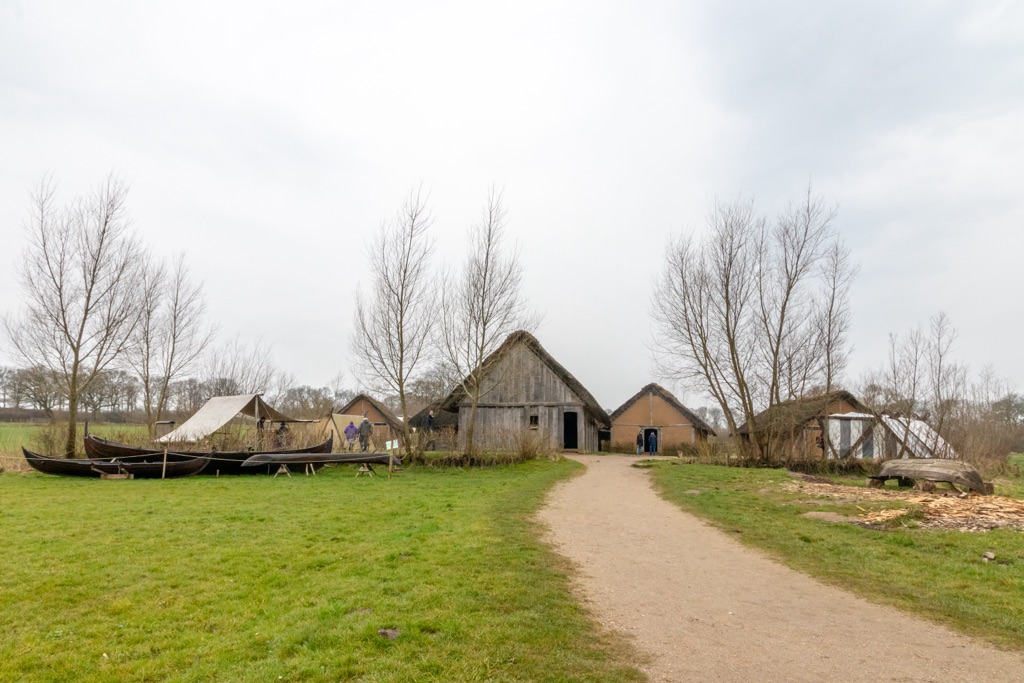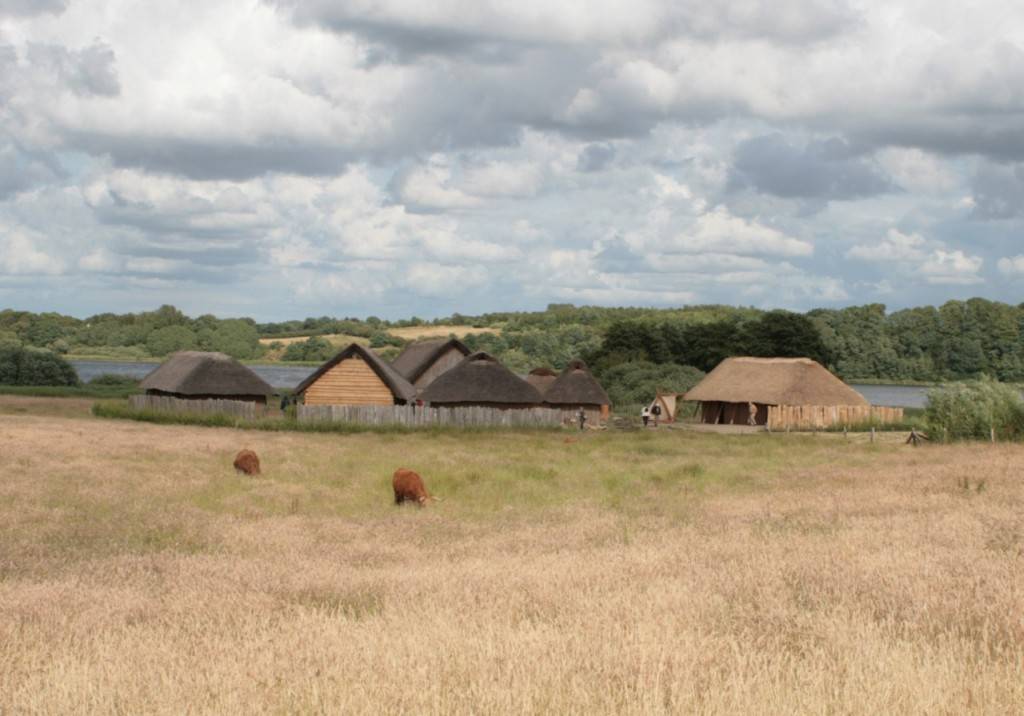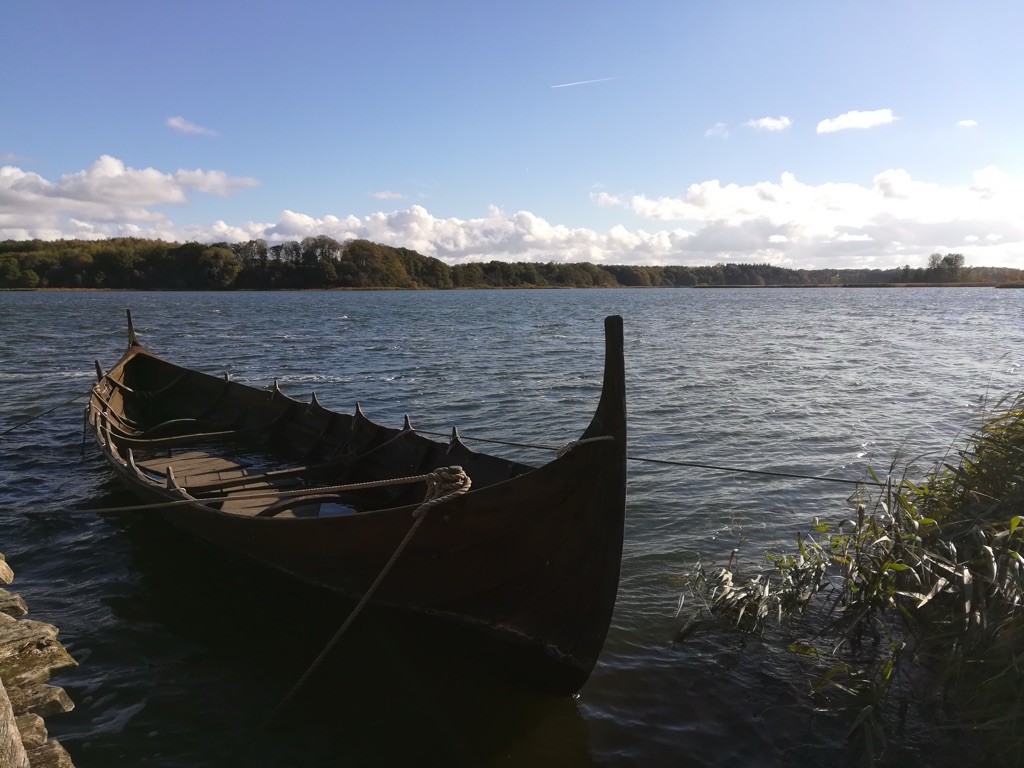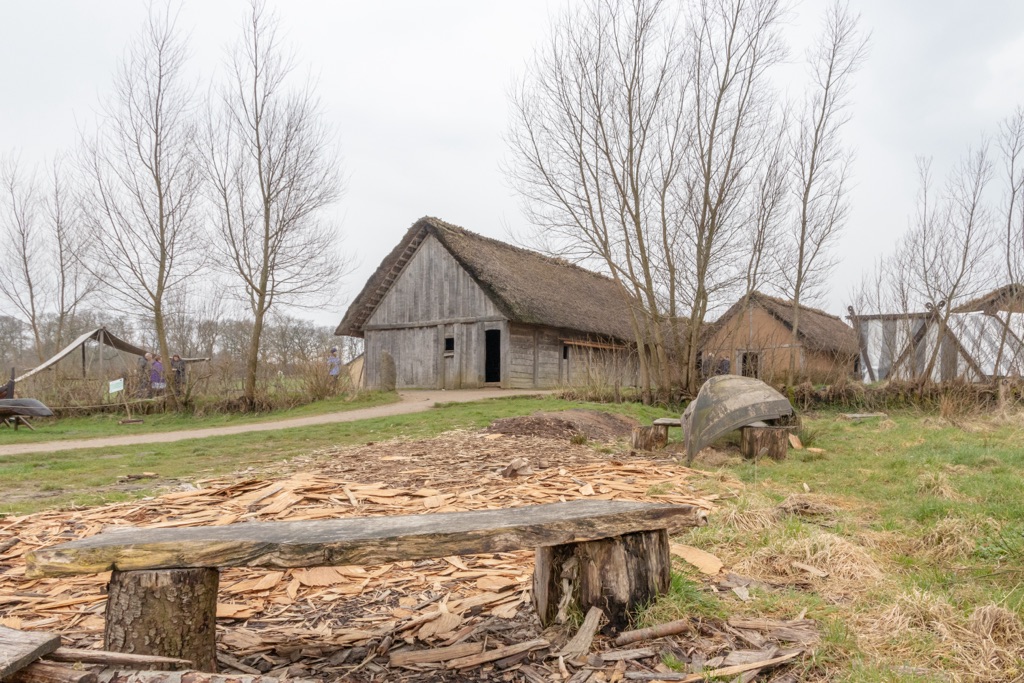Hedeby was an important Viking Age trading settlement located in what is now northern Germany. It thrived from the 8th to the 11th century and was one of the largest Nordic cities during its peak. Hedeby’s strategic position at the base of the Jutland Peninsula and along important trade routes made it a bustling hub for commerce and interaction between Scandinavia, the Baltic, the North Sea, and beyond. The site includes remains of the town, fortifications, and a harbor, reflecting its historical significance. It was designated a UNESCO World Heritage site, highlighting its value for understanding the Viking Age.
Get your dose of History via Email
Historical Background of Hedeby
Archaeologists discovered Hedeby in the 19th century, revealing its historical significance. The Danish King Godfred founded the settlement around 800 AD. It quickly grew due to its favorable location for trade. Hedeby was a melting pot of cultures, with inhabitants from various regions. It later became a scene of conflict during the Viking Age. The town was destroyed in 1066, marking the end of its era.
Excavations at Hedeby began in 1900, led by German archaeologist Wilhelm Splieth. Researchers uncovered evidence of extensive trade networks. They found artifacts from across Europe and beyond. These findings suggest Hedeby was a cosmopolitan center. The town’s layout, with its streets and plots, was well-planned, indicating a sophisticated urban design.

The settlement was fortified with a semi-circular rampart known as the Danevirke. This structure was not only defensive but also a status symbol. It demonstrated the power and influence of Hedeby’s rulers. The rampart was expanded several times, reflecting the town’s growth and the need for protection against invaders.
After its destruction, Hedeby was abandoned and forgotten until its rediscovery. The site’s excavation has provided valuable insights into Viking Age society. It has shown the complexity of trade, social structures, and cultural exchange during this period. Hedeby’s history is a testament to the dynamic nature of the early medieval period in Europe.
Despite its fall, Hedeby’s legacy continued. Its historical importance was recognized in the sagas and historical texts. Today, it serves as a window into the Viking Age. It offers a glimpse into the lives of the people who lived, worked, and traded there over a thousand years ago.
About Hedeby
Hedeby was strategically located on the Schlei inlet, which provided access to the Baltic Sea. The settlement covered an area of approximately 24 hectares. Its layout was typical of Viking Age towns, with longhouses and workshops lining the streets. The harbor was a focal point for trade, where goods from distant lands were exchanged.

The town’s buildings were primarily constructed of wood, a readily available material in Scandinavia. The longhouses served as both homes and workshops. They were built using the post-and-lintel technique. This method was common in Northern European architecture of the time.
Archaeological findings at Hedeby include various artifacts such as jewelry, weapons, and tools. These objects reflect the craftsmanship and artistic skills of the inhabitants. The discovery of coins and weights also indicates a sophisticated economy based on trade and commerce.
The fortifications of Hedeby were impressive. The Danevirke rampart was complemented by a moat and a wall encircling the town. These defenses were constructed using earth, timber, and stone. They were a testament to the settlement’s importance and the need to protect its wealth.
The town’s harbor was advanced for its time, with jetties and docks to accommodate ships. The remains of ships found in the harbor provide evidence of the types of vessels used for trade. They also show the maritime skills of the Viking Age people. The harbor was essential for Hedeby’s prosperity as a trading hub.
Theories and Interpretations
Several theories exist about Hedeby’s role in the Viking Age. Some historians suggest it was a central trading post for the Viking world. Others believe it was a political center. The variety of goods found at the site supports the idea of a diverse and extensive trade network.

The purpose of some structures in Hedeby, such as certain fortifications, is still debated. Some archaeologists interpret them as purely defensive. Others suggest they had additional functions, like controlling trade or demonstrating power.
Mysteries surround Hedeby, including the exact reasons for its destruction. Some sources attribute it to a raid by King Harald Hardrada of Norway. However, the evidence is not conclusive. The site’s end remains a topic of research and speculation.
Dating of the site has been carried out using various methods. Radiocarbon dating and dendrochronology have provided timelines for the settlement’s occupation. These scientific techniques have helped confirm historical accounts of Hedeby’s existence.
Interpretations of Hedeby’s history are matched to historical records from the Viking Age. These include written texts and sagas. The records provide context for the archaeological findings. They help historians piece together the story of this significant settlement.
At a glance
Country: Germany
Civilization: Viking Age Scandinavia
Age: Founded around 800 AD, flourished until 1066 AD
Conclusion and Sources
Reputable sources used in creating this article include:
- Wikipedia: https://en.wikipedia.org/wiki/Hedeby
- UNESCO: https://whc.unesco.org/en/list/1553

